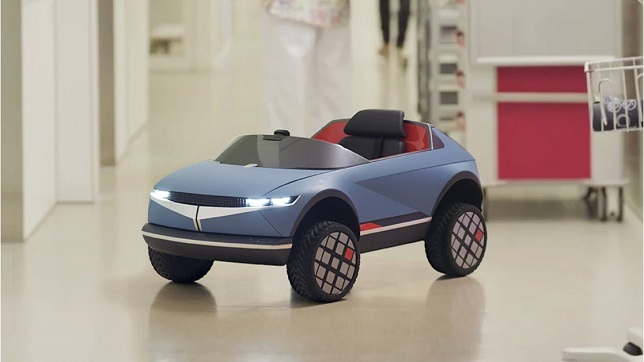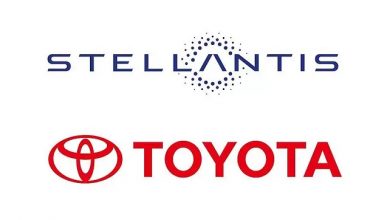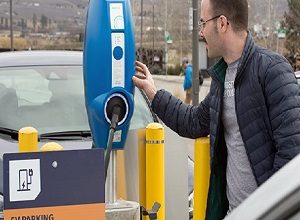Hyundai Motor’s Mini ‘45’ EV puts emotions in Motion
Hyundai Motor reveals details of mini EV equipped with Emotion Adaptive Vehicle Control (EAVC) technology

Hyundai Motor Company unveiled details of its one-of-a-kind mini EV based on the ‘45’ concept car in a short film on YouTube. The 6-minute video shows how the minicar uses Emotion Adaptive Vehicle Control (EAVC) technology to support young patients at the SJD Barcelona Children’s Hospital in Spain as part of the ‘Little Big e-Motion’ project.
EAVC is an artificial intelligence-based technology that optimizes vehicle environment based on information from both inside and outside the vehicle. Hyundai Motor Group is leading the development of this next-generation technology, as part of an academic research collaboration with the Massachusetts Institute of Technology (MIT) Media Lab.
EAVC technology monitors facial expressions, heart rate and respiratory rate, and combines these readings with input from the vehicle including speed, acceleration, noise and vibration. The technology then processes the data utilizing machine learning to optimize the vehicle environment and actively controls vehicle systems such as lighting, climate, music and fragrance dispenser.
EVAC is at the heart of Hyundai’s ‘Little Big e-Motion’ project. Equipped with this technology, the mini EV – designed by the same team that oversaw the ‘45’ concept – will be used to support the treatment of young patients at hospitals. Hyundai donated this one-of-a-kind EV to SJD hospital in Barcelona where it will be used to support the mobility of young patients from hospital bed to treatment room, which is considered one of the most stressful trips for the children.
“We want our technology to help improve the lives of our customers in various mobility spaces beyond the roads,” said Jinmo Lee, Senior Research Engineer at Hyundai Motor who led the project. “We hope the EAVC technology on the minicar will provide a fun, safe mobility experience for young patients and help improve their health outcomes.”
The video follows a day of treatment for a young patient at SJD hospital. She is anxious about the treatment at first, but her new friend, the mini EV, soon works its magic to give her courage and make her feel more emotionally prepared for treatment.
The EAVC-equipped mini EV interacts with its young ‘driver’ through five key technologies: Facial Emotion Recognition System, Breathing Exercise Belt, Heart Rate Monitoring Sensor, Emotion Adaptive Lighting, and Emotion Adaptive Scent Dispenser.
The Facial Emotion Recognition System uses a camera in front of the seat to identify the child’s emotions in real-time. The Breathing Exercise Belt wraps around the body and its air pockets apply gentle pressure the help relieve anxiety and enable more stable breathing, while the accelerometer, the Heart Rate Monitoring Sensor, measures the heart rate and breathing rate.
The Emotion Adaptive Lighting displays green, yellow or red to show the child’s emotional state in colors. The Emotion Adaptive Scent Dispensersprays fragrance timed with breathing to help put a smile on the faces of the young patients. The vehicle also blows bubbles to celebrate the child’s progress toward treatment.
In addition to providing emotional support for the young patients, EAVC also assists the work of the medical staff at the hospital by informing them about the emotional state of the young patients without in-person interactions, which is especially useful in the era of COVID-19.
“The hospital is very excited to have such a technology available for kids,” said Joan Sanchez de Toledo, Head of Pediatric Cardiology Department at SJD hospital. “This will dramatically change the way patients will face treatment.”
Hyundai Motor plans to continue supporting the treatment of young patients at SJD hospital through the ‘Little Big e-Motion’ project, while also fine-tuning its EAVC technology through this application. The company hopes to expand the use of this next-generation technology in mobility devices in the future to enhance driver safety and well-being.





